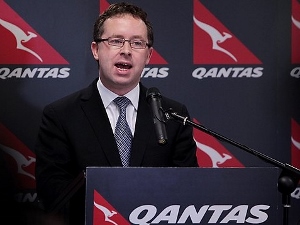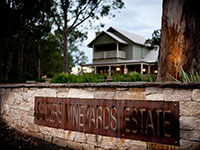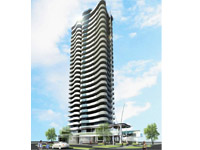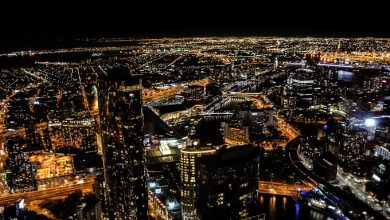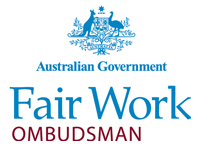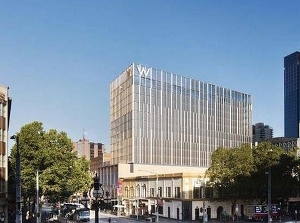
City hotels adapt strategies as Australian market cools
Op-Ed: : JLL's Ross Beardsell provides his view on the current state of the Australian hotel market and prospects for the future
A new report by JLL Hotels & Hospitality suggests the largest-ever expansion of hotel rooms in Australia is ending, while city hotels seek new markets to rebuild their occupancy levels to pre-COVID levels.
The past decade has seen a total transformation of the Australian hotel industry at all levels, but after two years of high-profile hotel openings – such as the W in Sydney, Ritz Carlton Melbourne, Sofitel Adelaide, and The Langham on the Gold Coast – the cycle is definitely slowing.
New hotels have been at the heart of city renewal projects, with Brisbane’s Queen’s Wharf precinct expected to open in August this year with three hotels – The Star Grand, Rosewood Hotel and Dorsett Hotel – and Perth’s Elizabeth Quay, where a Dorsett Hotel and Quay West are under construction.
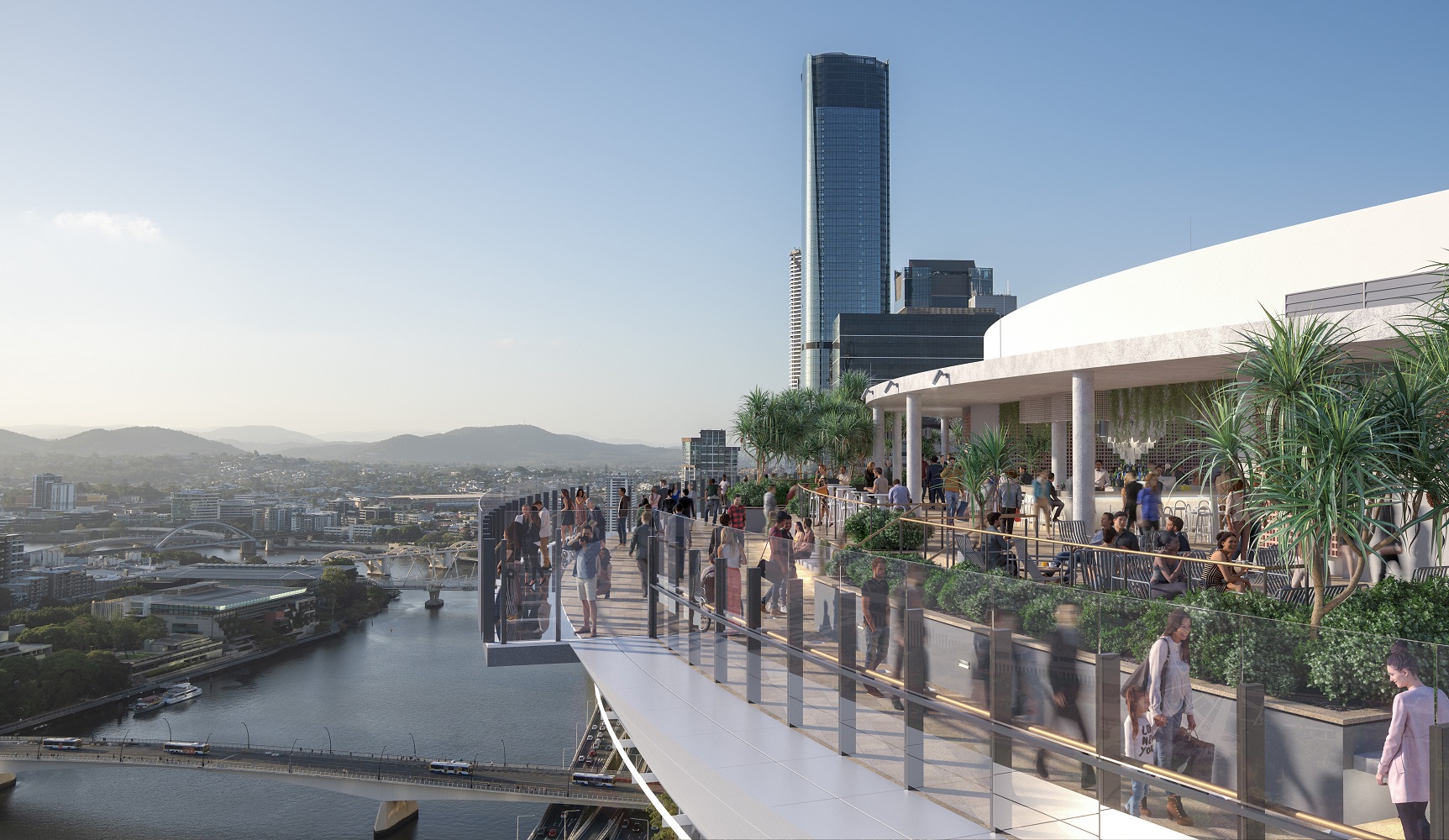
In the lead-up to the 2000 Olympic Games, 7500 rooms were added to the Australian hotel inventory, but this current cycle has seen almost double the number of new rooms.
Investors are largely focusing on the top end of the market, including the return of the Ritz Carlton brand and the debut in late 2026 of the famous Waldorf brand in a prime location on Sydney’s Circular Quay.
Over the past four years (since 2020), each of our key markets has seen significant increases in total room supply, led by Melbourne (5200 new rooms), Sydney (2300), Adelaide (1400) and the Gold Coast (1100).
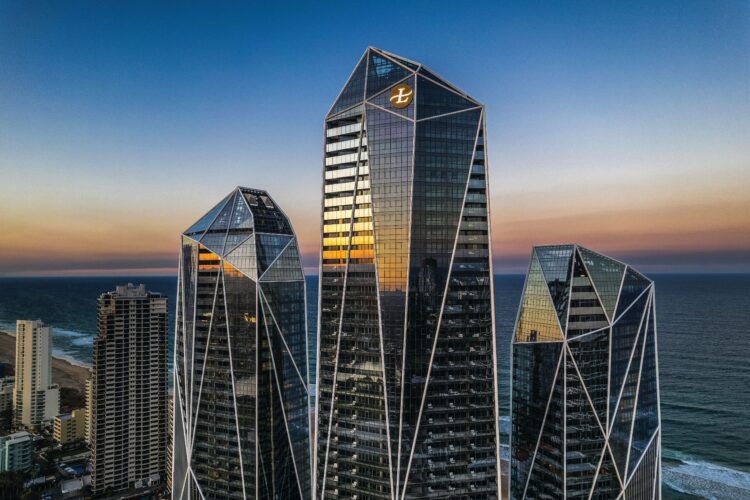
However, despite the record increase in supply, the JLL Australian Hotel Markets Overviews reports a healthy performance by the Australian hotel industry in Q1, 2024. With ADR growing, all cities reported a full recovery of REVPAR to pre-COVID levels, though only Perth and Brisbane could claim occupancy levels in excess of 2019.
Sydney best illustrated the contrast between rate and occupancy growth, with ADR 29 per cent higher YTD Jan-2024 than YTD Jan-2019, but occupancy was still 11 percent behind 2019.Melbourne saw ADR grow 20 percent YTD Jan 2024, though occupancy lagged 11 percent compared to YTD Jan-2019.
Brisbane and Perth grew occupancies by 5 percent, on top of ADR increases of 45 percent and 34 percent, respectively. Occupancies in other major cities were shy of 2019 levels by between 6 and 13 percent, but very healthy increases in rate mitigated this.
The encouraging news was the recovery of international travel.
While Chinese group business is still to return in volume, Sydney Airport announced that total passenger traffic for the month of December 2023 had recovered to 91.6 percent of Dec-19 levels, with total passenger traffic for the year 87.0 percent of pre-COVID levels (YTD Dec 2019).
Melbourne Airport also reported a strong recovery in international travellers. The airport recorded a March record of 923,065 international passengers, a 28 percent increase on the same month last year. Domestic travel numbers grew more slowly, up five percent on March 2023.
The future looks even more promising with increased international flight capacity to Australia and a consequential reduction in airfares. According to Flight Centre, the price of international airfares decreased almost 13 percent in the second half of 2023, with first-class and business-class tickets dropping by approximately eight percent.
The vast increase in hotel supply over the past decade will require an even faster return of overseas visitors, particularly higher-yielding corporate and conference travellers.
Currently, all cities are benefiting from the strength of leisure and event business, which has enjoyed unprecedented growth through blockbuster music and sporting events. Taylor Swift may not have been the economic saviour that some predicted, but irrespective of whether the tour injected $10 million or $140 million into the economy, there’s no doubt that hotels, hospitality and airlines benefitted considerably.
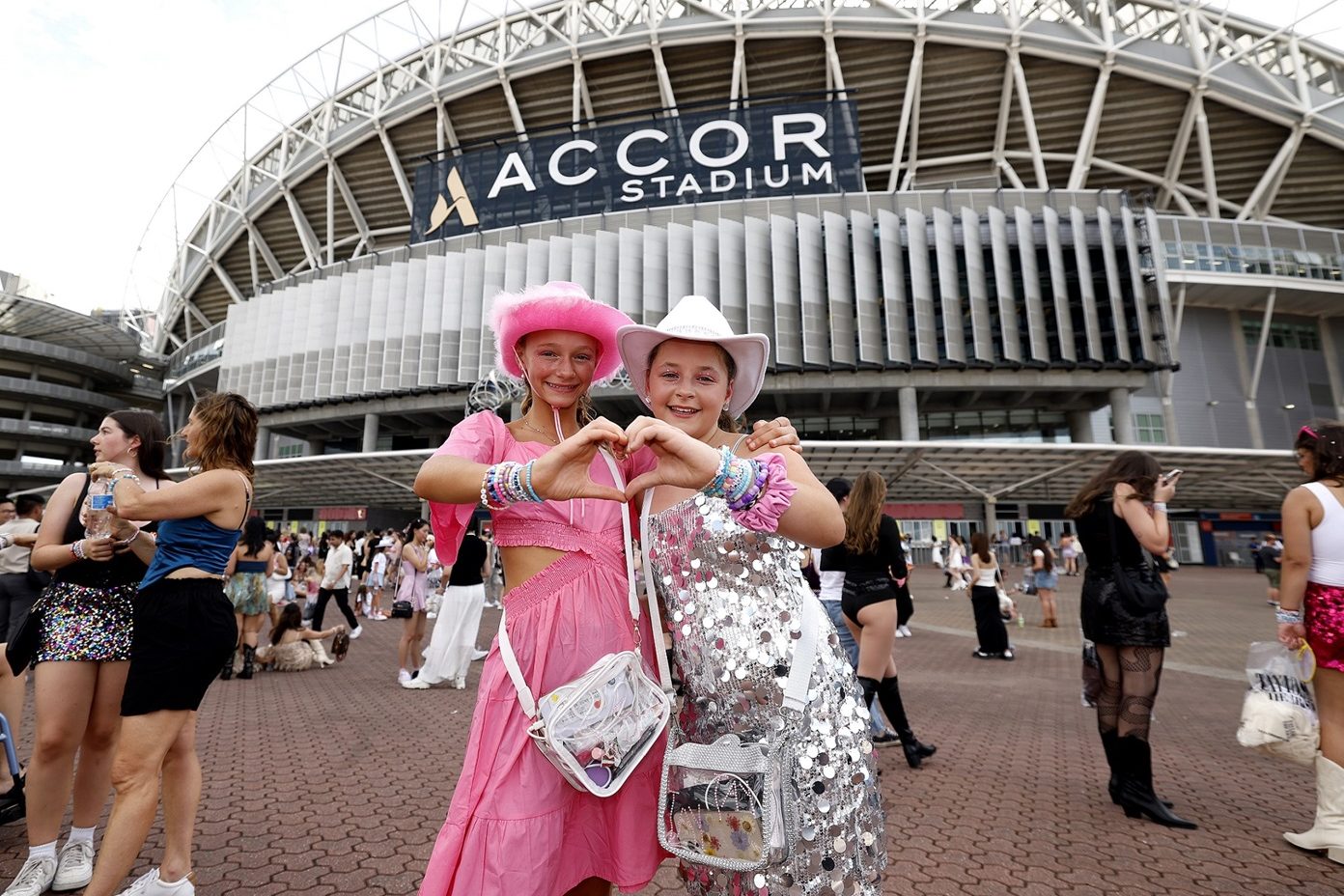
Past hotel supply booms have traditionally been followed by decade-long droughts as the market rebalances, but in place of major new projects, there is likely to be a move towards substantial asset renovations, such as the $60 million renovation of Sydney hotel icon Sofitel Wentworth.
Salter Brothers has endorsed the ‘renovate rather than build’ trend. They are completing a refurbishment program for 11 former Travelodge hotels they acquired from Mirvac and NRMA for $620 million and are now operated as Accor-branded hotels.
Paul Salter told the AFR that high construction costs and delays meant it was more compelling to buy and refurbish than build outright.
“It’s a lower-risk play because…for a new hotel, from start to finish, it’s about a seven-year time frame, whilst you can buy, renovate and trade up an existing hotel within three years,” he said.
Ross Beardsell has over three decades of experience in the hotel industry in senior management roles in operations and development. Working initially with Southern Pacific Hotels, then IHG and the Carlson Group, Ross worked in GM positions across the Asia Pacific. In 2008, he joined JLL’s Hotels & Hospitality Group, providing asset management services on behalf of hotel owners to maximise profitability and to provide strategic guidance. He has provided hotel advisory services to the owners of luxury, upscale, mid-market, new hotels, limited-service accommodation, resorts, convention hotels, and pubs – both nationally and internationally.

